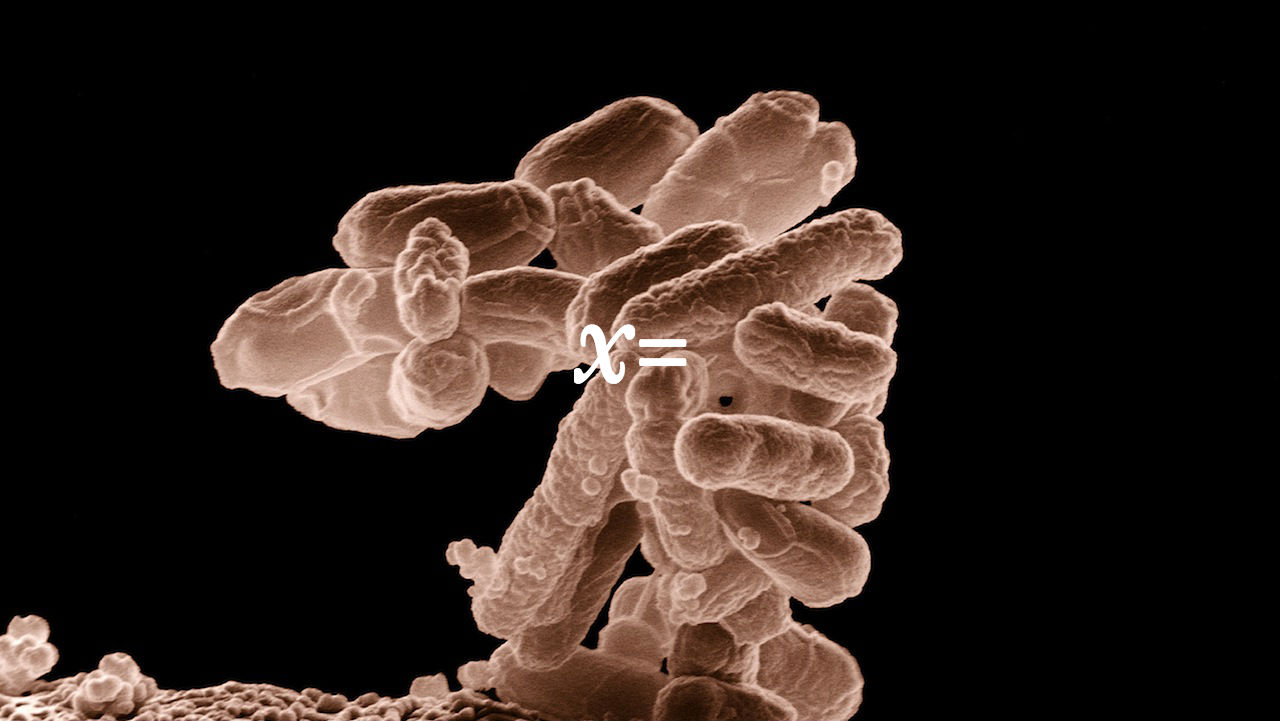We’re one step closer to a beautiful, terrifying utopia in which we stop staring into computers all day every day and simply become them. A team of MIT researchers led by Rahul Sarpeshkar have developed a working calculator built entirely from living E. coli bacterial cells, capable of “performing addition, division and power-law computations,” according to SciLogs.
It’s not the first time living cells have been used for computing–earlier this year, we told you about a similar MIT study–but in the past, the process was drastically less efficient. Each cell operated as a single boolean digit, only capable of sending an on or off signal–just like a bit of binary code. By that process, simple calculations would require stacks and stacks of cells; you’d need seven cells just to represent the number 100, for example.
Sarpeshkar and his team streamlined this process with a bit of decidedly old-school thinking, abandoning digital and going full analog. Despite the archaic associations you may have with analog computers–the machines haven’t been used seriously for decades–the change in methodology made cellular computing infinitely more efficient. SciLogs explains:
The program for performing calculations was coded in synthetically made plasmids, which are circular DNA molecules, and injected into the bacteria. These plasmids, also called genetic circuits, have the ability to turn certain genes on or off. This starts a cascade of chemical reactions, eventually leading to the production of proteins.
Sarpeshkar’s E. coli cells were designed to produce proteins tagged with a fluorescent dye in response to the plasmids. These proteins could then be “counted” based on the amount of light they emitted when a laser activated the dye.
But why, you ask–we have digital computers and calculators that work pretty well already. Well, here’s the kicker: Sarpeshkar believes his work could cure cancer. “In the future,” he says, “We may build more complex circuits that ‘compute’ whether a cell is cancerous or not and destroy it if it is.”


